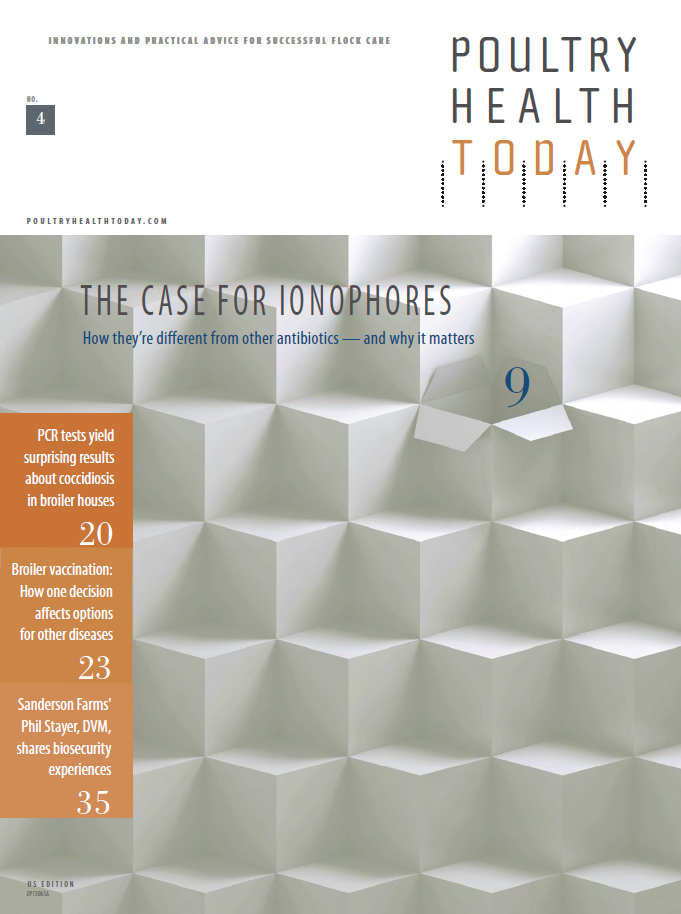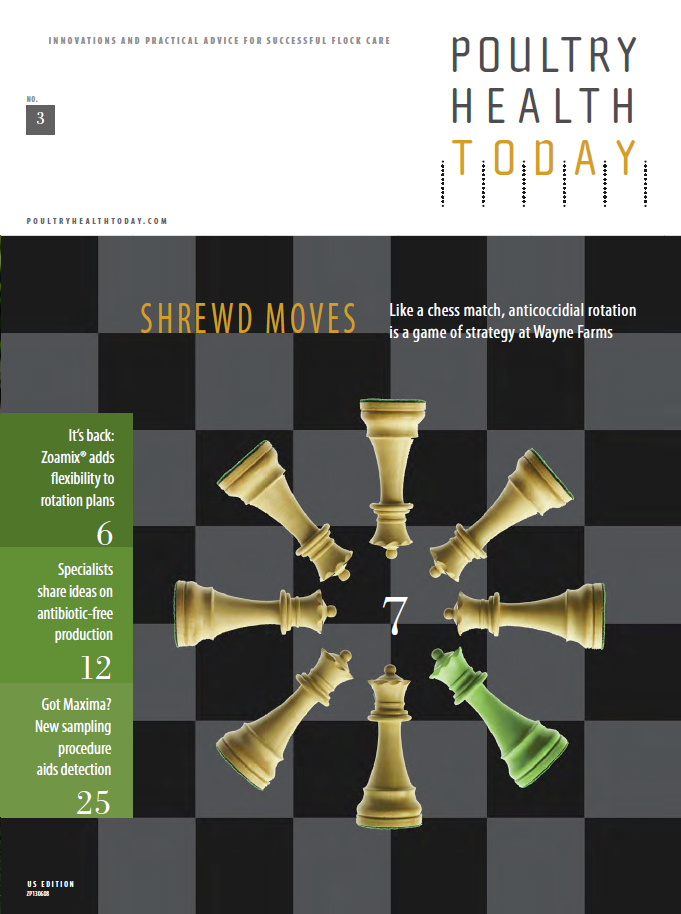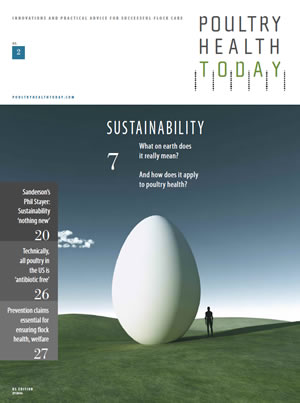

Making sense of poultry labels
| LABELING TERM | USDA DEFINITION | WORTH NOTING | |
|---|---|---|---|
| 1 | Free range, free roaming | Producers must demonstrate to the agency that the poultry has been allowed access to the outside. | There are no official requirements for access, or for the type, quantity or quality of outdoor space. |
| 2 | No antibiotics added | The terms "antibiotic-free" or "no antibiotics added" may be used on labels for meat or poultry if sufficient documentation is provided by the producer to the agency demonstrating that the animals were raised without antibiotics. | When antibiotics are used in livestock and poultry production, strict withdrawal periods must be followed before the animals are processed. USDA monitors meat and poultry to ensure that in the unlikely event that antibiotic residues are present, they do not exceed the tolerance levels deemed unsafe by FDA and USDA. The industry has a strong record of compliance in this area. |
| 3 | Natural | A product containing no artificial ingredient or added color and is only minimally processed. Minimal processing means that the product was processed in a manner that does not fundamentally alter the product. The label must include a statement explaining the meaning of the term natural (such as "no artificial ingredients; minimally processed"). | Products labeled "natural" often make use of consumer-pleasing images of idyllic farms and green pastures. However, this term has nothing to do with how the poultry was raised or slaughtered. |
| 4 | Organic |
• Managed organically from the second day of life • Raised free-range, weather permitting, and without any antibiotics, animal byproducts or other prohibited feed ingredients • Raised on certified organic land meeting all organic crop production standards • Raised per animal-health and welfare standards • Fed 100% certified organic feed, except for trace minerals and vitamins used to meet nutritional requirements |
Many consumers consider "certified organic" the most reliable labeling term for alternative poultry, as it designates compliance with clearly defined and enforced criteria. However, it should once again be noted that there are no clear standards for "free-range" (see above). Contrary to what consumers widely believe, many organic birds spend most or all of their lives indoors. |
Demand for increased transparency has led to the proliferation of poultry labeling terms — many of which surface in discussions about sustainability and production practices. What these terms actually mean, however, is sometimes less clear. Following are four common labeling terms and their official USDA definitions:
More Issues















